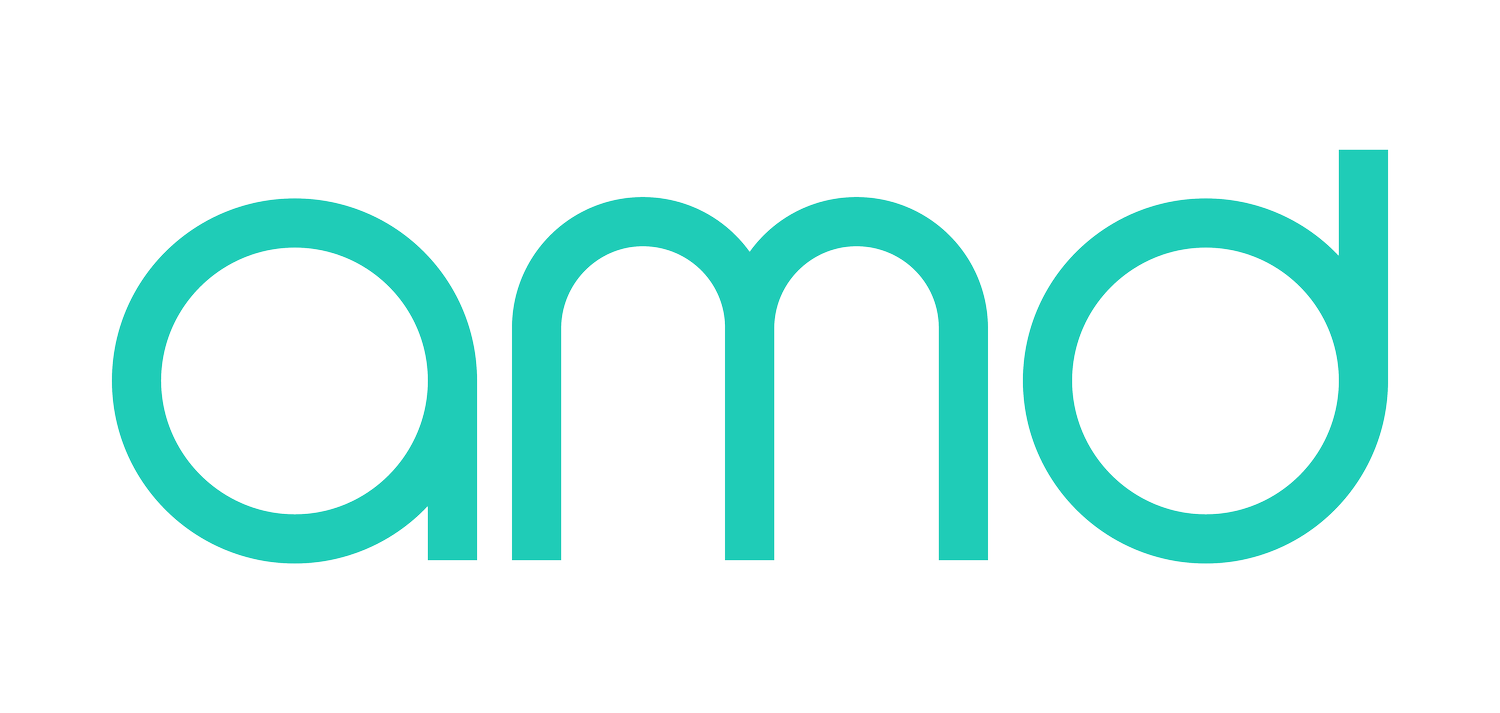AMD 🤝 AI: We've Integrated AI Into Our Workflow…But We’re Still Directing The Creative
The use of AI is on the rise in most industries, including the creative and design fields for graphic design and content creation purposes. We’ve started to integrate it into our design workflow as we’ve continued to learn more about its capabilities and how it can assist us in creating for our clients. Follow along as we discuss how we use AI in our workflow as a collaborator, the benefits we’ve experienced in using it and when it has missed the mark.
Why Did We Start Using AI? 🤖
As our industry advances and creative demand becomes quicker, we need to generate work at a corresponding rate. Of course we prioritize quality over quantity, but we want to continue to keep up with the ever-changing design needs of our clients. AI has helped us with the ideation of brand designs and logos, and the exploration of different concepts – at a quicker speed.
How Did AI Change Our Workflow Process? 💻
AI has become a beneficial tool while researching for our clients, creating moodboards and prototyping visuals. We’ve learned to intertwine AI images with systems we already use such as Photoshop, Illustrator or Figma. Depending on the project or need, we take the foundation of an AI visual and refine or redraw it. While our workflow process has changed, what has stayed the same is the fact that we, the humans, still direct the creative aspect of our projects. We are the creators and AI is our collaborator. We use it to generate options, NOT make decisions.
It’s important to us to continue to maintain a human POV: Strategy, nuance and style still require a creative director's brain! There have been plenty of times when we had to redirect, remix or reject AI outputs. Ultimately, we hold the creative control, while AI is our creative tool.
Midjourney Wins ⭐
Unexpected inspo: There are times when Midjourney surprises us with fresh or offbeat ideas we run with and love the results.
Speed & volume: It helps us explore dozens of visual directions fast, saving us time and allowing us to avoid heading down avenues we end up scrapping.
Cool visual worlds: It’s fun when we generate styles or textures that are hard to find anywhere else (surrealism, fantasy, retro-tech, etc.).
Midjourney Flops 🩴
Missing the mark: There are times when Midjourney generates incoherent designs, or just plain weird outputs for us.
The uncanny valley: Sometimes generated results feel “off” to us and that human reaction matters in design. If it feels wrong to us, it will most likely feel wrong to the client.
Prompt frustration: Sometimes we receive prompt after prompt we’re not satisfied with. There is a trial-and-error learning curve to getting results our clients will love.
How Do Ethics & Ownership Come Into Play? ⚖️
We always make sure to stay transparent with our clients during every step of their projects, including when and how we disclose AI use. At the end of the day, we want to be proud of our work and make sure it still feels original and unique, and reflects our clients’ brands. We want to avoid copy-pasting so AI doesn’t dull our design voice.
What we’ve learned by using AI: It’s a tool, not a magic wand! As we continue to learn more and this technology continues to advance, we’re staying open to utilizing new tools while keeping creativity human-first.



